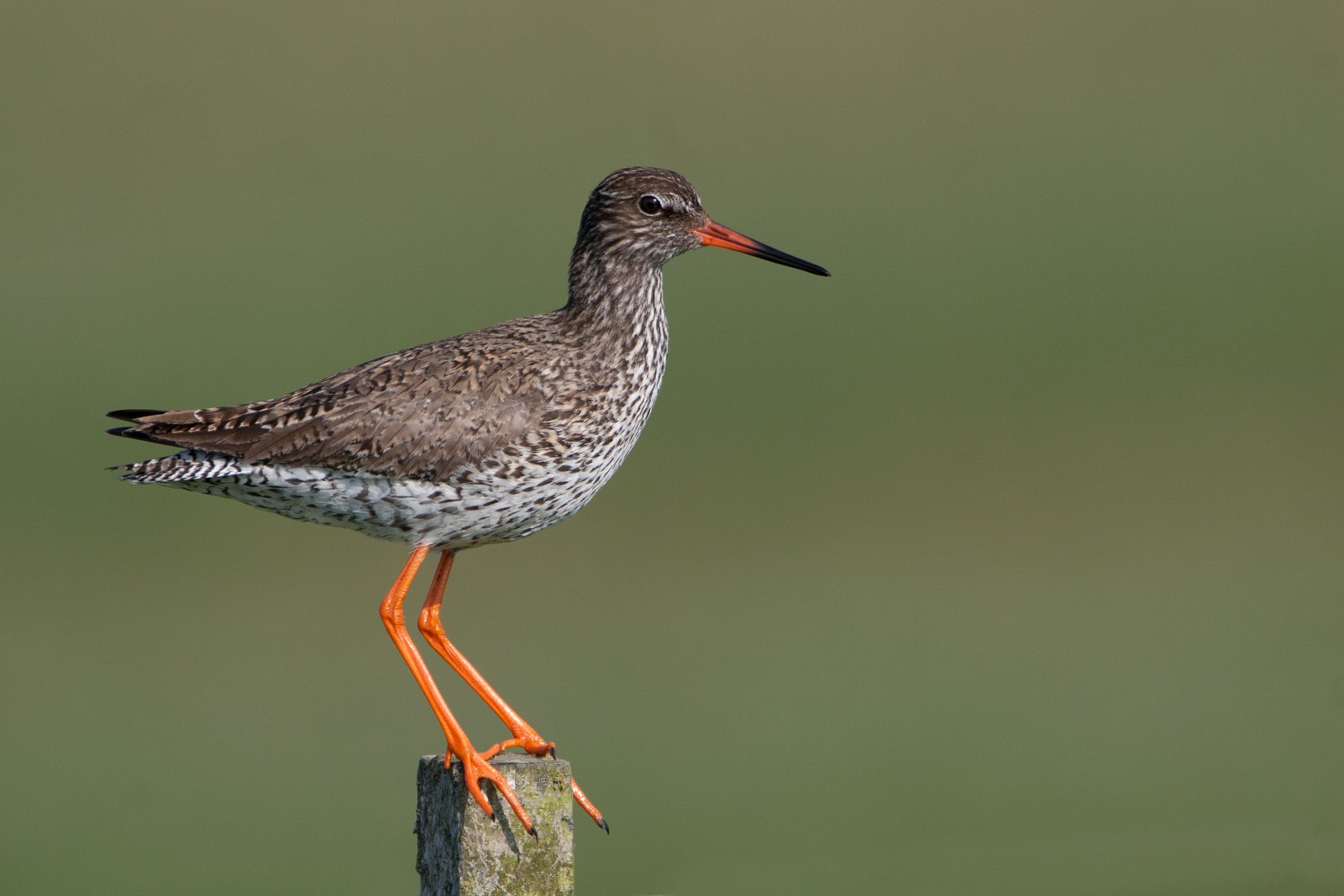Beschreibung
The Wild Ken Hill rewilding project has ambition to move away from existing agricultural and forestry techniques and allow wild nature to thrive. They are actively managing an area of grazed wetland next to the Wash to support wildlife, and have raised the water level by around a foot across 500 acres to help birds such as Rotschenkel, Kiebitz, Großer Brachvogel and Löffler. The wider area has diverse habitats that are developing like mixed woodland, wood pasture, grassland and meadow and heathlands and shrub. But especially the grazing marshes already attract many birds. Among the birds you can see here are Brandgans, Turteltaube, Austernfischer, Uferschnepfe, Bekassine and Rohrweihe. During migration also many species of waders and waterbirds make a stop here.
Details
Zugang
Ken Hill is located at the Norfolk coast. Park on South Beach Road and walk from there. Click on the P in the map to get directions to the parking.
Terrain und Habitat
Feuchtgebiet , Grasland, Wiesen , Moor/Heideland , Vereinzelte Bäume und BüscheBedingungen
Offene LandschaftRundweg
JaIst ein Spektiv nützlich?
NeinGute Beobachtungszeit
GanzjährigBeste Beobachtungszeit
FrühjahrRoute
asphaltierte Straße , Normaler WegSchwierigkeitsgrad der Tour
EinfachErreichbarkeit
zu FußBeobachtungshütten oder -türme
NeinZusätzliche Informationen
The project has divided into three main approaches — a rewilding area, where beavers and grazers are being introduced, a traditional conservation approach for their coastal areas, and regenerative farming to continue to provide food in a sustainable and biodiverse way.




